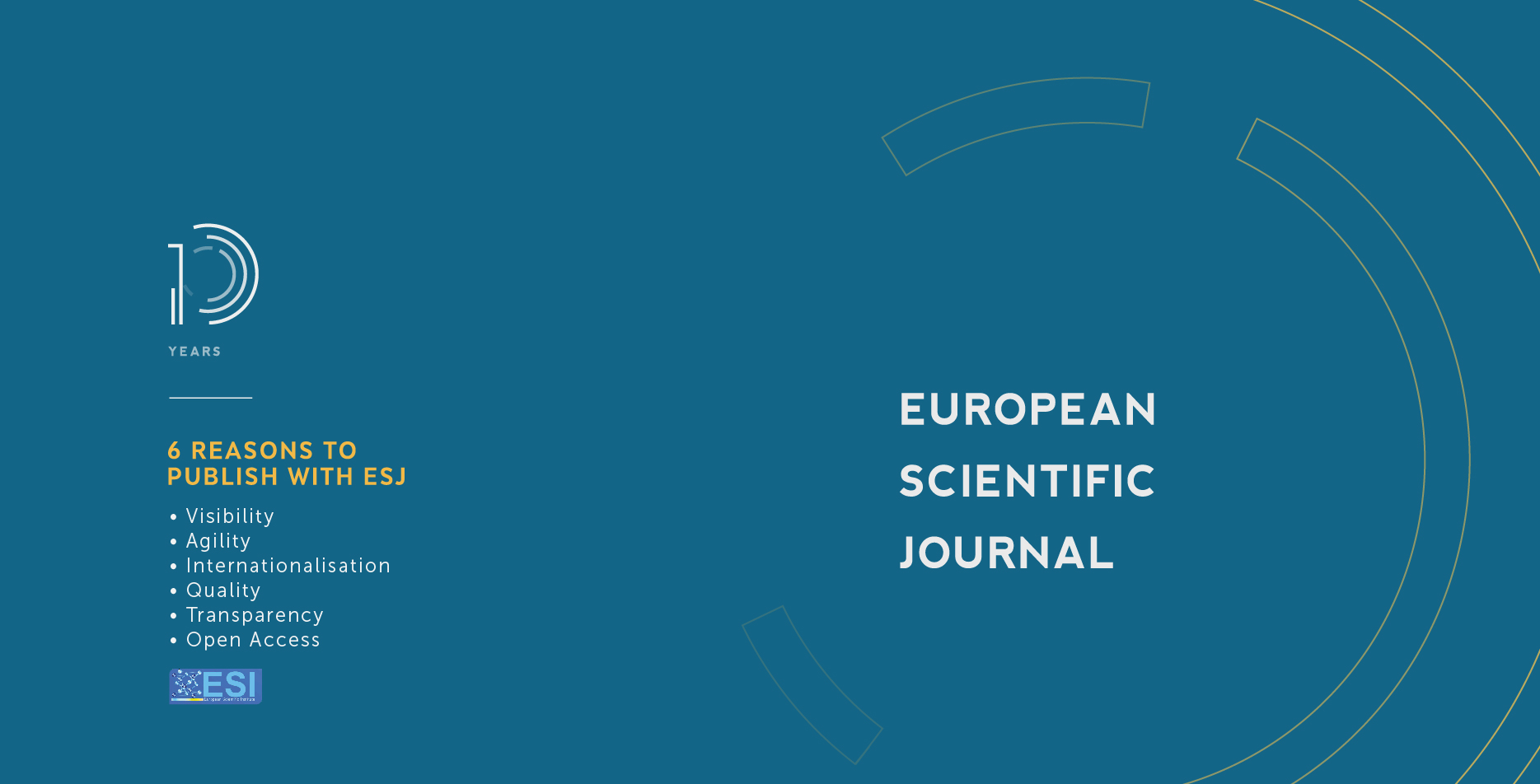GIS Analysis for Urban Flood Hazard Mitigation in Kaduwela Municipal Council Area
Abstract
Urban flood hazard is a typical natural disaster that occurs due to the reduction of permeable surfaces as a result of land use conversion and changes in rainfall intensity. It ensures the need of different mitigation strategies such as sufficient drainage system, and it is a simple mitigation measure that can be applied in the ground. This paper is timely due to the lack of research studies undertaken that are related to the study area. Natural disasters, flood hazard, influence of urbanization for urban flood, and negative influence of urban flood in the context of the world and Asian region have been discussed in the available literature. Limited research has been undertaken on urban flood mitigation based on hydrological analysis and run off volume calculation in Kaduwela Municipal Council (KMC) area. With this limitation, this paper focuses on analysing the runoff rainwater volume to mitigate urban flood in 2030 (predicted land use) by calculating the rainwater volume in natural and artificial possible outfalls of each watersheds in KMC. The analysis consists of three phases such as: land use prediction, hydrological analysis, and calculation. A GIS-based land use prediction is simulated to analyse the land use changes in relation to green, blue, and brown fills. The revealed land use conversion is also processing day by day as a result of land use conversion and rapid urbanization which will increase the runoff volume in 2030. A GISbased Hydrological analysis was carried out to identify the outfalls and watersheds of the study area. The possible outfalls function as outlets of runoff water which were collected in each watershed. Runoff volume was calculated by using rational formula (Q = 0.0028CIA) and the parameters of the equation used were the coefficient of land use in 2030, rainfall intensity, and 90 acres portion of the watersheds. A sufficient drainage system was also designed to make KMC a disaster resilient municipality. This research will be important in the process of decision-making and policy implementation in the fields of urban planning and flood mitigation.
Downloads
Metrics
PlumX Statistics
Copyright (c) 2020 Wijesiri HDAD, Thennakoon TMSPK

This work is licensed under a Creative Commons Attribution-NonCommercial-NoDerivatives 4.0 International License.








